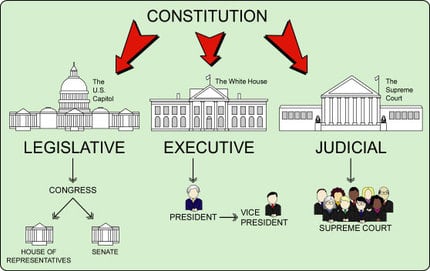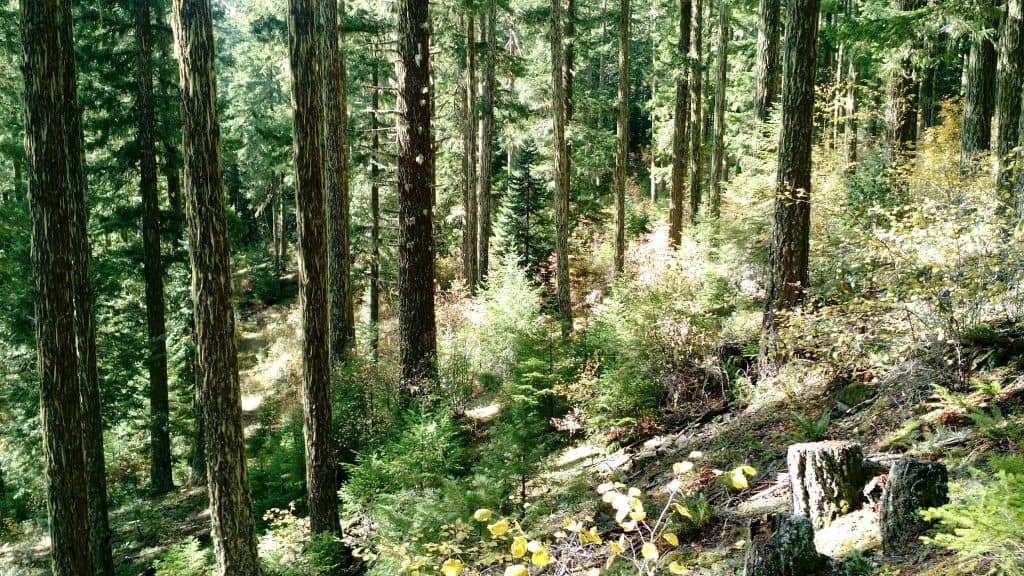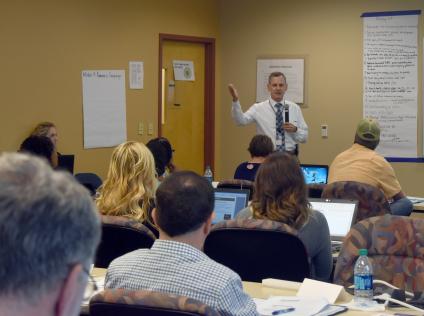Indeed, the idea of separation of powers among judicial, legislative and executive branches in the US is intended to provide checks and balances. This one (the Cottonwood Fix) is a little hard to figure out unless you are familiar with the details of how ESA is carried out, that is, consulting and reconsulting on plans and projects. I used the description from an AFRC attorney in his Congressional testimony here. As always, others are free to post their own perspectives. Shorthand.. Circuits disagree, Executive branch asks Supremes, they decline and Congress fixes.
According to Fite, the fix was bipartisan
“It is no surprise that this common-sense legislation has attracted the support of lawmakers from both parties, from state and local governments, and prominent environmental groups including Trout Unlimited and the National Wildlife Federation. AFRC offers the strongest possible support, as do many industry groups including Intermountain Forestry Association, Montana Wood Products Association, California Forestry Association, and Federal Forest Resource Coalition.
In brief, S. 605 will allow projects to move forward under existing forest plans if an appropriate plan-level ESA consultation is completed. It will eliminate any requirement for the Forest Service or Bureau of Land Management to reinitiate consultation due to new ESA listings or critical habitat at the plan level—and only at the plan level. The bill does not change existing law regarding applicable requirements to consult on individual projects, new forest plans or plan
revisions. The Ninth Circuit requires consultation on new plans, while the Tenth Circuit does not. S. 605 leaves this circuit split in place.
….
The Obama Administration, including Secretary Vilsack, asked the Supreme Court to review Cottonwood in 2016, but was denied. That fall, the Forest Service began the arduous process of consulting on 11 National Forests and more than 35,000 square miles of lynx habitat. This July, the Forest Service completed its biological assessment—the first piece of the consultation process. It is unclear when a biological opinion will be complete at the plan level. Then, project-level analyses will have to be reviewed against the plan-level opinion. This process will not be completed in 2017 and will likely stretch well into the 2018 forest management operating season. Of course, each step will be subject to multiplying lawsuits and injunctions.
Since nearly every forestry project already undergoes ESA consultation, this plan-level exercise has no real conservation benefit. A plan-level analysis generally assesses an amount of specieswide impact that is sustainable. Projects can proceed as long as their impacts fall within the plan-level approved impacts. When a project is evaluated without plan-level clearance, there is no such buffer for the agency to rely on. Therefore, ESA consultation at the project-specific
level is likely to be more conservative.S. 605 simply and directly fixes Cottonwood. It provides that re-initiation of plan-level consultation is not required due to a new species listing or critical habitat designation. It does not affect any applicable requirement to consult on a new plan or a significant plan revision. The bill applies to both the Forest Service and the BLM, which each manage significant forestlands.




